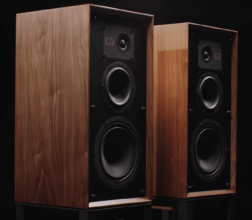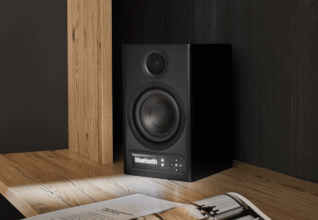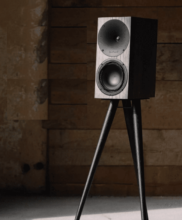- Supremely well-judged sonics; AMT tweeter; classy build and finish
- Some may miss the original's up-front brio
For the longest time, Danish speaker brand Audiovector has had its own unique approach to helping its customers upgrade. Instead of expecting them to sell up and buy a new, better and more expensive Audiovector speaker, it asks only for the original purchase to be returned to its Copenhagen HQ where it is tweaked to the next level, while crucially retaining the model’s presumably favoured core character, and returned fully sonically sweetened for a far more modest outlay than the price of an all-new box.
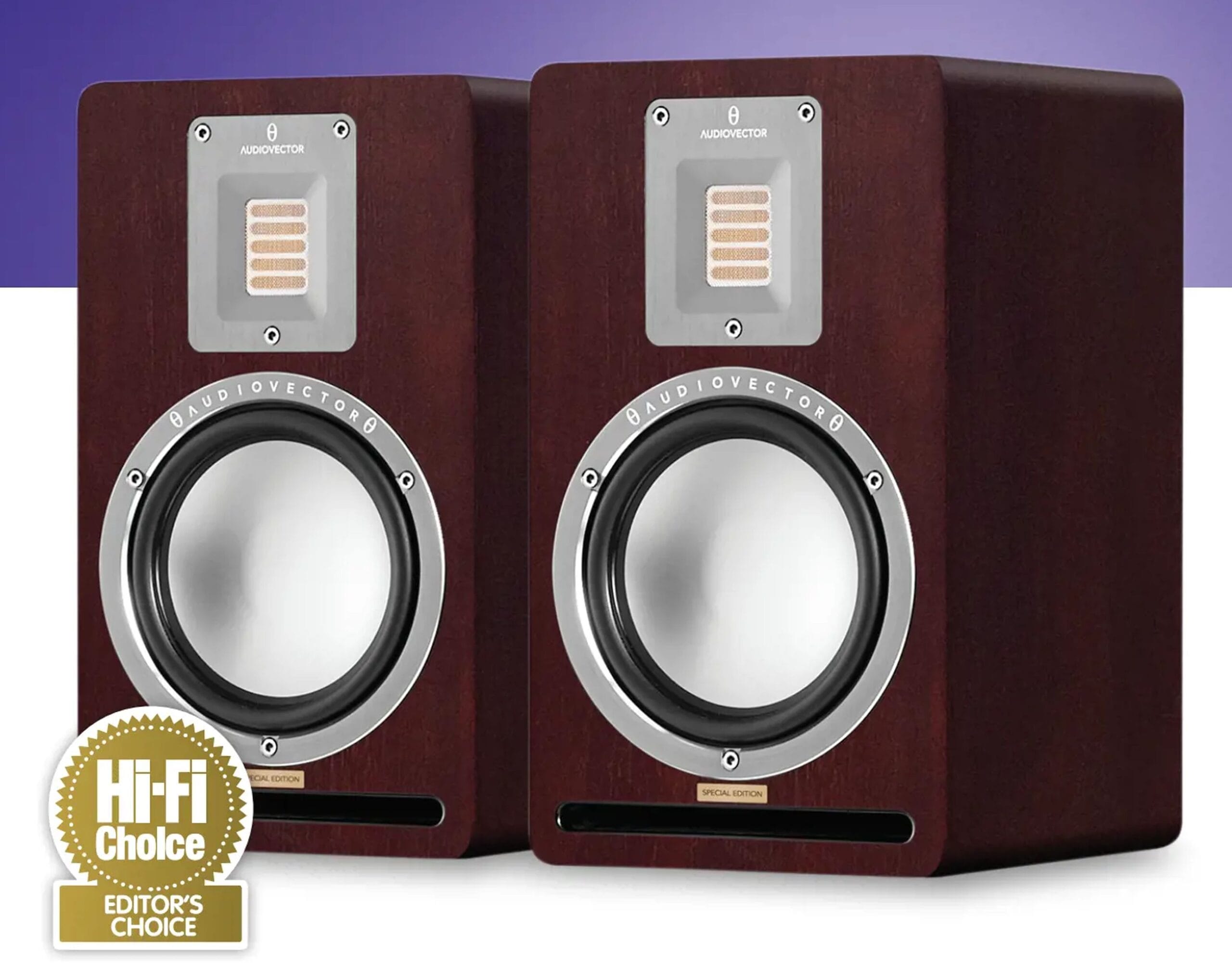
Not an easy undertaking for a small, family-run company, but a surefire loyalty magnet that has served it well over the years. For its entry-level ‘QR’ range, however, no such arrangement exists. Sooner or later, as evolution dictates, a better QR range is created and launched, leaving the QR-comfortable customer with a more traditional decision: stick or twist.
Specifications
PRODUCT Audiovector QR-1 SE
ORIGIN Denmark
TYPE 2-way standmount loudspeaker
WEIGHT 6.3kg each
DIMENSIONS (WxHxD) 190 x325 x232mm
FEATURES
Gold leaf AMT ribbon with double chamber
152mm Pure Piston mid/bass driver
Quoted sensitivity: 86dB/1W/1m (4ohm)
DISTRIBUTOR Renaissance Audio
WEBSITE audiovector.com renaissanceaudio. co.uk
Twist in this case leads us to that equally familiar, time-worn hi-fi marketing trope, the Special Edition and its promise (for the revised seven-strong QR lineup) of: “an even more open, dynamic and detailed sound” according to the company. As I have the original QR 1 two-way standmount to hand, it figures that it’s the breathed-on QR-1 SE update under review here.
Visually, it’s all-but identical to the model it replaces and that’s no bad thing as the QR 1 has always been the kind of smartly designed standmount to flaunt its classy build, finish and good-looking drivers – especially that conspicuously up-market AMT tweeter. The nod to enhanced goodness inside comes in the form of a subtly modified rear panel and a small, brass-coloured ‘Special Edition’ badge on the bottom of the front baffle. Talk about speaking softly.
Under the skin, however, the strategically focused changes suggest a suitably large stick and feature the use of double cryogenic (a deeper deep freeze) polypropylene tin-flash copper capacitors in the crossover network, which – among other things – aims to extract yet more performance from the AMT folded Mylar and gold leaf tweeter. Maybe it’s as much an admission that while a star component of the original QR 1, the tweeter’s full potential was never properly exploited considering it’s essentially a trickled-down part from the company’s flagship R11 Arrete tower, complete with compressionreducing double rear chamber.
The SE is basically the QR 1 grown up -a little ‘quieter’ and more charismatic
Ribbon or ribbon-style tweeters have become something of a badge of honour for affordable boxes with higher-end aspirations, but Audiovector’s AMT is a gorgeous looking thing for a speaker at this price point. The exposed gold mesh ‘S-Stop Filter’ (to smooth sibilance) sits in a housing made from a single piece of aerospace-grade aluminium that’s been precision-machined, glass blasted and brushed, and then anodised with a tungsten/titanium finish, giving that reassuringly expensive sheen.
It’s teamed with a 152mm mid/bass driver, which has a sandwich-type cone – two layers of aluminium constraining a fibre and foamed glue filling. The filling is intended to mitigate the high-frequency break up behaviour of the otherwise desirably stiff and pistonic aluminium cone. The upshot is that the mid/bass driver is good for much higher frequencies than would be the case with a conventional unit and, therefore, makes the handover to the ribbon a much simpler affair requiring no special equalisation in the crossover. But it’s the functioning of the crossover that’s largely the defining mission of the SE treatment, especially regarding the driver phase and roll-off characteristics.
Here, the goal has been to improve overall integration, ensuring that the whole frequency range – and crucially that through the sensitive midrange – is as linear as possible. If the QR 1’s penchant for a strong impression of ‘clarity’ was stand out before, it promises to be a rather more sophisticated thing now. And although you wouldn’t know to look at it, the front-firing slot-style bass reflex port’s internal damping has been mildly reworked, too, with the aim of cleaning up bass response by further reducing resonance and any hint of chuffing at higher volumes.
Sound quality
So, what are the differences? Initially, it seems like a simple re-voicing exercise: QR 1’s mid-forward immediacy and sparkly treble dialled back a tad, bass gendy pumped to achieve a more even tonal balance. It’s not a bad thumbnail summation. But there’s more going on with the SE than that.
We’re taking quite a big step here towards a trait all true high-end speakers share. Refinement. Yes, the SE is a demonstrably smoother performer than its peppy progenitor, but this isn’t to be mistaken for ‘smoothing off’ – rather a result of the company’s stated quest for a more linear presentation. The SE isn’t drawing attention to any part of the frequency range for effect. This even-handedness and more realistic sense of proportion extends to matters of soundstage structure and timing as well, executed in this case without manipulative emphasis or exaggeration.
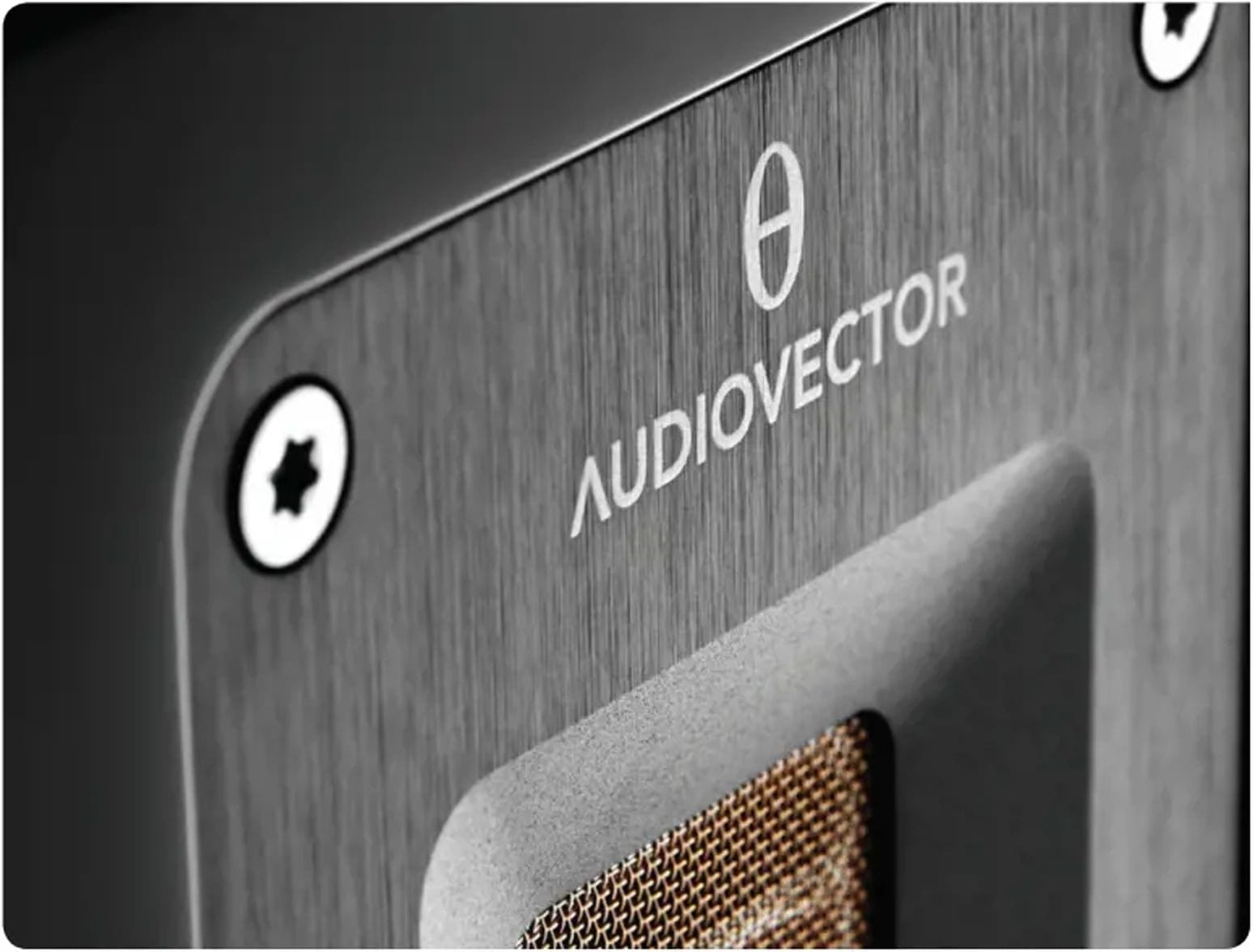
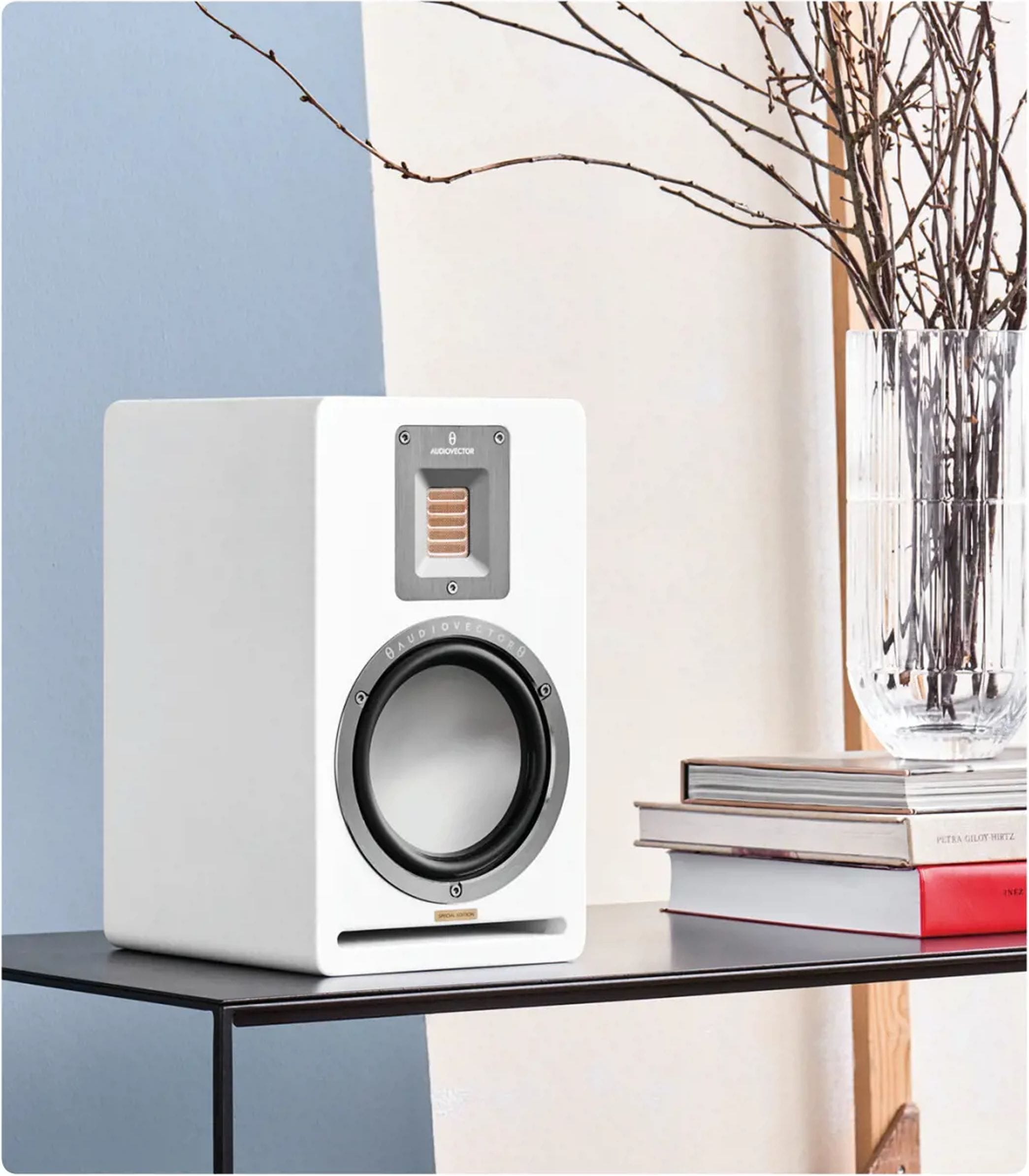
Revisiting my original QR 1 review’s playlist, a Tidal stream of Pat Metheny’s busy, complex and densely layered Imaginary Day – an acid test of transparency and separation if ever there was one – clearly demonstrates, once again, what the original-form QR 1 does so well and that’s hear through the mix in a clean, open, crisp and articulate fashion. Intelligibility and listenability form an equitable pact that’s fun and enjoyable.
Playing the same track through the SE, the presentation is more laid back but more replete, the plentiful detail being less leading-edge loaded but imbued with a more natural harmonic richness to instrument timbre. This goes as much for the trumpet of Miles Davis on In A Silent Way as the ballistic drumming of Carl Palmer on the remastered CD of ELP’s Welcome Back My Friends live set, which acquires an even more visceral presence in the listening room. Greg Lake’s bass guitar, too, has a more sumptuous and burnished tonality to it.
COMPETITORS
Standmounts costing £-2kare one of the most competitive sectors in the business and simply overflowing with serious talent. Arguably the most sturdy benchmark is B&W’s £ 707 S3, the entry-level model from its acclaimed 700 Series range. To counter the QR-1 SE’s AMT tweeter it features a carbon dome with a 130mm Continuum cone mid/bass driver. The result is a technically advanced speaker that’s hard to fault and sounds clean, controlled and detailed across all types of music. What some might otherwise call a safe pair of hands.
Conclusion
The comparison reminds me that the original QR 1 remains a very talented standmount with a lively, revealing sonic demeanour plus bags of energy and musical conviction. It can’t be unrelated to the tweeter’s contribution. Powerful insight and resolution are key attributes, but it additionally manages to avoid the trap of sounding overly lean and emphatically explicit. Easily capable of conveying the character of the performance space as well as the performers – the almost subliminally sensed reverberations and reflections that are so vital to nailing that often elusive sense of realism – it’s fun and it’s impressive and it grabs your attention from the get-go.
The SE doesn’t invalidate any of this, but it does show that such assets can put on a little weight and colour to their advantage. The SE is basically the QR 1 grown up – a little ‘quieter’, a little wiser and more sophisticated, a little more charismatic and, for the long haul, a yet more rewarding musical companion.
SOUND QUALITY 5/5
VALUE FOR MONEY 5/5
BUILD QUALITY 5/5
FEATURES 5/5
OVERALL 5/5




